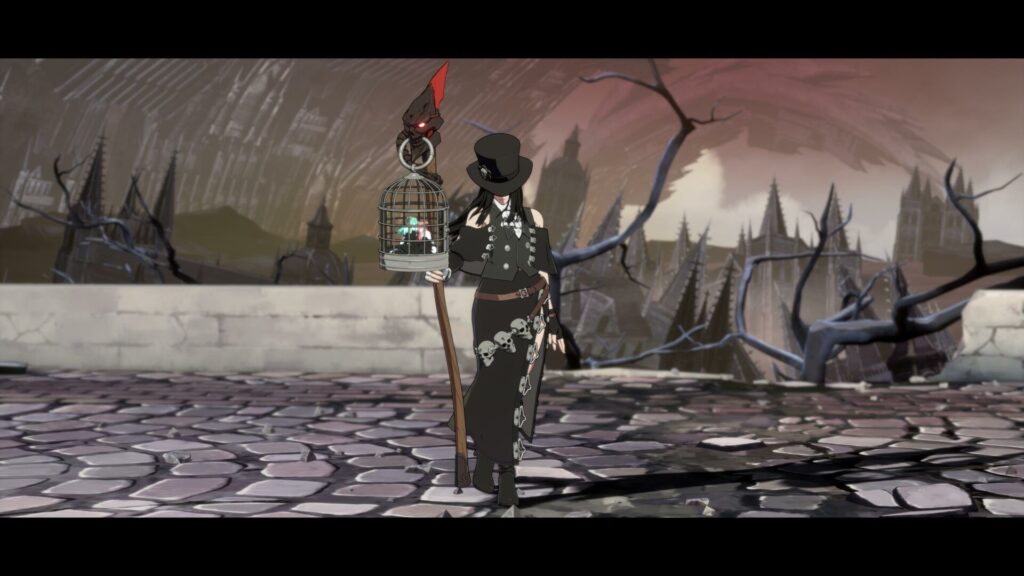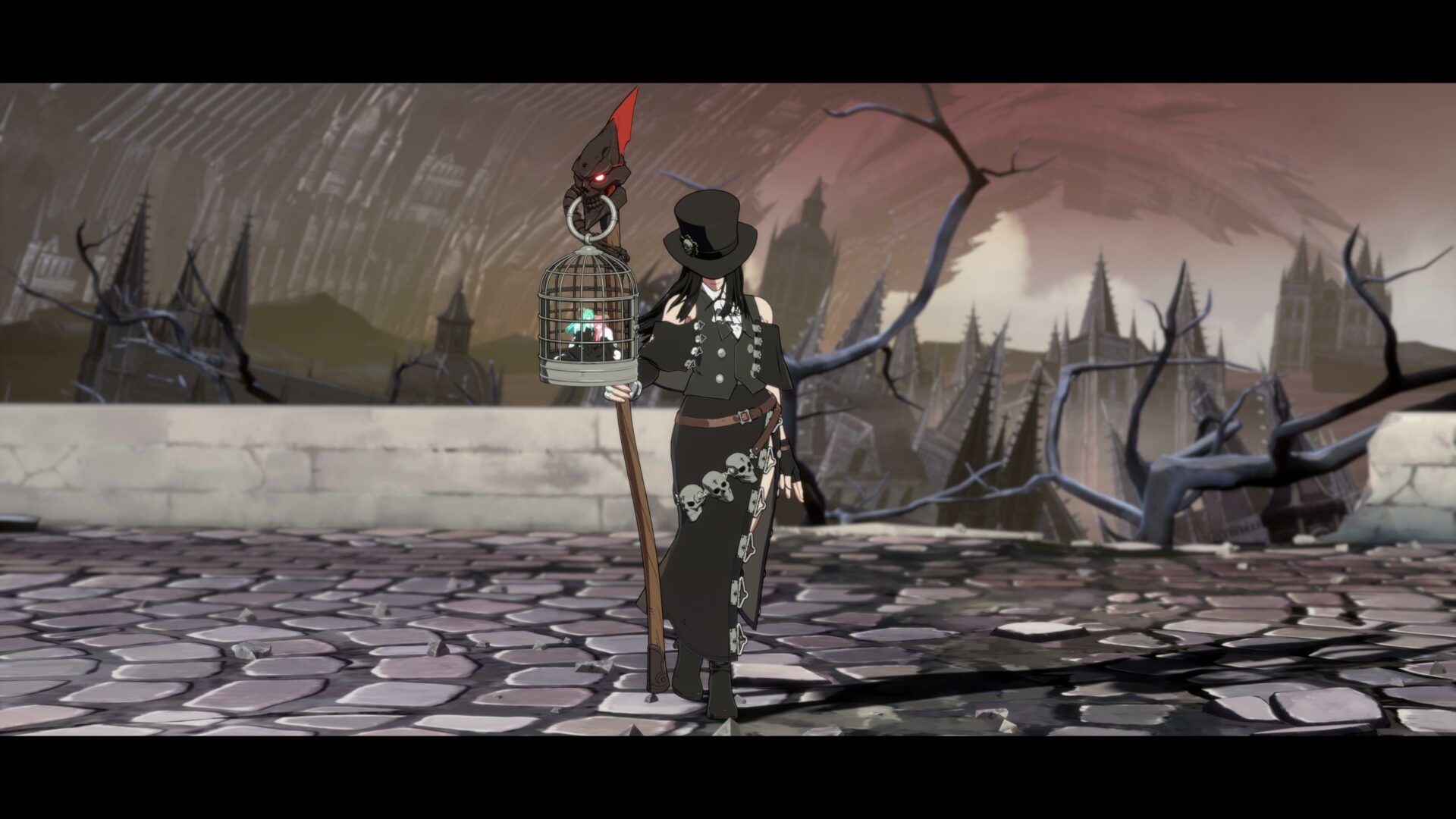
Testament from Guilty Gear: A Deep Dive into the Sinister Scythe Wielder
Testament, a recurring character in the Guilty Gear series, is a fan favorite known for their gothic design, tragic backstory, and unique gameplay. This article will explore the character’s history, fighting style, and significance within the Guilty Gear universe. We’ll delve into the lore surrounding Testament, their evolution throughout the games, and their impact on the competitive scene. Understanding Testament requires appreciating the intricate narrative and the character’s complex motivations. This analysis will provide a comprehensive overview for both newcomers and long-time fans.
The Origins of Testament: A Gear’s Burden
Testament’s story is one of profound suffering and manipulation. Born human, they were forcibly converted into a Gear – a bio-weapon created during the Crusades. This transformation stripped them of their free will, turning them into a mindless killing machine under the control of Justice, the leader of the Gears. Testament’s initial appearance reflected this state, embodying a dark and menacing figure devoid of humanity. The early games portray Testament as an antagonist, driven by Justice’s commands to eradicate humanity.
However, a glimmer of hope remained. During the events of Guilty Gear X, Testament encounters Dizzy, a half-Gear with immense power. Dizzy’s pure heart and inherent kindness begin to chip away at the conditioning imposed upon Testament. This encounter marks a turning point, setting Testament on a path towards reclaiming their identity and breaking free from the shackles of their Gear programming. The internal conflict between their Gear instincts and their burgeoning humanity becomes a central theme in their character arc.
Evolution of Testament: From Antagonist to Protector
As the Guilty Gear storyline progresses, Testament undergoes a significant transformation. No longer a mindless pawn, they begin to question their purpose and grapple with the atrocities they committed under Justice’s control. This internal struggle is reflected in their changing appearance and demeanor. While still retaining their gothic aesthetic, Testament gradually sheds the overtly menacing aspects of their design, adopting a more refined and contemplative look.
Testament’s relationship with Dizzy becomes a crucial element in their redemption arc. They take on the role of Dizzy’s protector, shielding her from those who would exploit her power. This selfless act demonstrates the extent to which Testament has overcome their Gear programming and embraced their humanity. Their actions speak volumes about their commitment to making amends for their past transgressions. This shift from antagonist to protector is a testament (pun intended) to the power of compassion and the possibility of redemption, even for those who have committed terrible acts.
Testament’s Fighting Style: A Master of Setplay and Control
Testament’s gameplay revolves around strategic setplay and area control. They utilize a variety of projectiles and traps to control space, forcing opponents to approach on their terms. This methodical approach requires patience and foresight, rewarding players who can anticipate their opponent’s movements and capitalize on their mistakes. Testament excels at creating advantageous situations and maintaining pressure, making them a formidable opponent in the right hands.
Key to Testament’s arsenal are their various projectiles, which can be used to zone opponents and control the neutral game. These projectiles often linger on the screen, creating a web of danger that opponents must navigate carefully. Testament can also summon familiars to assist in their attacks, further enhancing their ability to control space. Mastering the timing and placement of these projectiles is essential for playing Testament effectively.
Furthermore, Testament boasts powerful command grabs and reversal options, providing them with tools to punish aggressive opponents. These options allow Testament to disrupt their opponent’s offense and turn the tide of battle. A well-timed command grab can completely change the momentum of a match, punishing overzealous aggression and creating opportunities for Testament to launch their own offensive.
Testament in Guilty Gear -STRIVE-: A Welcome Return
The inclusion of Testament in Guilty Gear -STRIVE- was met with widespread excitement from the community. Their updated design and refined gameplay have breathed new life into the character, making them a popular choice among both casual and competitive players. Testament’s return has reignited interest in their lore and fighting style, solidifying their status as a beloved character within the Guilty Gear franchise.
In -STRIVE-, Testament retains their core gameplay principles of setplay and control, but with some modern enhancements. Their projectiles have been tweaked to be more versatile, and their mobility has been improved, making them a more well-rounded character overall. These changes have allowed Testament to adapt to the faster pace of -STRIVE- while still maintaining their unique identity. The addition of new special moves and Overdrives has further expanded Testament’s options, providing players with even more tools to control the battlefield.
Testament’s presence in -STRIVE- has also contributed to the game’s already rich lore. Their interactions with other characters, particularly Dizzy, provide further insight into their past and their evolving relationship. These story elements add depth and complexity to Testament’s character, making them more than just a fighter; they are a compelling figure with a nuanced history and a compelling narrative arc.
The Significance of Testament: More Than Just a Fighter
Testament is more than just a cool character with a unique fighting style. They represent themes of redemption, forgiveness, and the struggle against fate. Their journey from a mindless killing machine to a protector of the innocent is a powerful testament to the resilience of the human spirit. Testament’s story resonates with players because it explores universal themes of identity, purpose, and the possibility of change.
Testament’s design, inspired by gothic aesthetics, further enhances their appeal. Their somber appearance and haunting demeanor reflect the tragic events of their past. Yet, beneath the surface lies a glimmer of hope and a determination to make amends for their actions. This juxtaposition of darkness and light makes Testament a compelling and complex character that players can connect with on a deeper level.
Ultimately, Testament’s enduring popularity stems from their multifaceted nature. They are a powerful fighter, a tragic figure, and a symbol of hope. Their story is a reminder that even those who have committed terrible acts are capable of redemption, and that the past does not have to define the future. Testament continues to be a vital part of the Guilty Gear universe, captivating players with their unique blend of gameplay, lore, and thematic depth. [See also: Guilty Gear Strive Character Tier List] Understanding the nuances of the Testament character requires a deep dive into the series lore and gameplay mechanics. The impact of Testament on the competitive scene cannot be understated. Many players have found success with Testament due to their unique playstyle and strategic depth.
Conclusion: The Enduring Legacy of Testament
Testament remains one of the most iconic and beloved characters in the Guilty Gear franchise. Their tragic backstory, unique fighting style, and compelling character arc have cemented their place in fighting game history. Whether you’re a seasoned veteran or a newcomer to the series, Testament offers a rich and rewarding experience that is sure to captivate and inspire. As Guilty Gear continues to evolve, Testament’s legacy will undoubtedly endure, continuing to inspire players with their story of redemption and their unwavering commitment to protecting the innocent.

